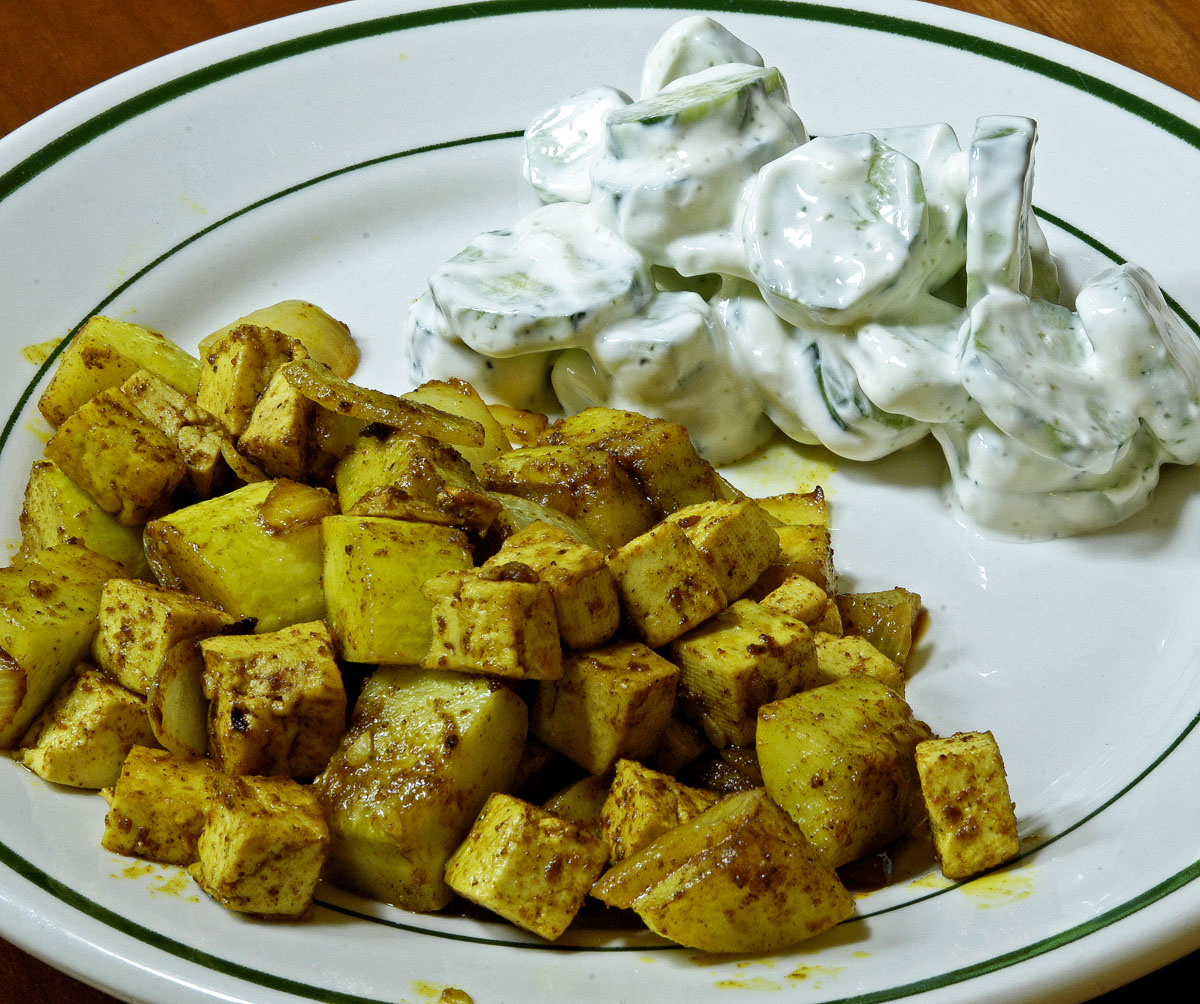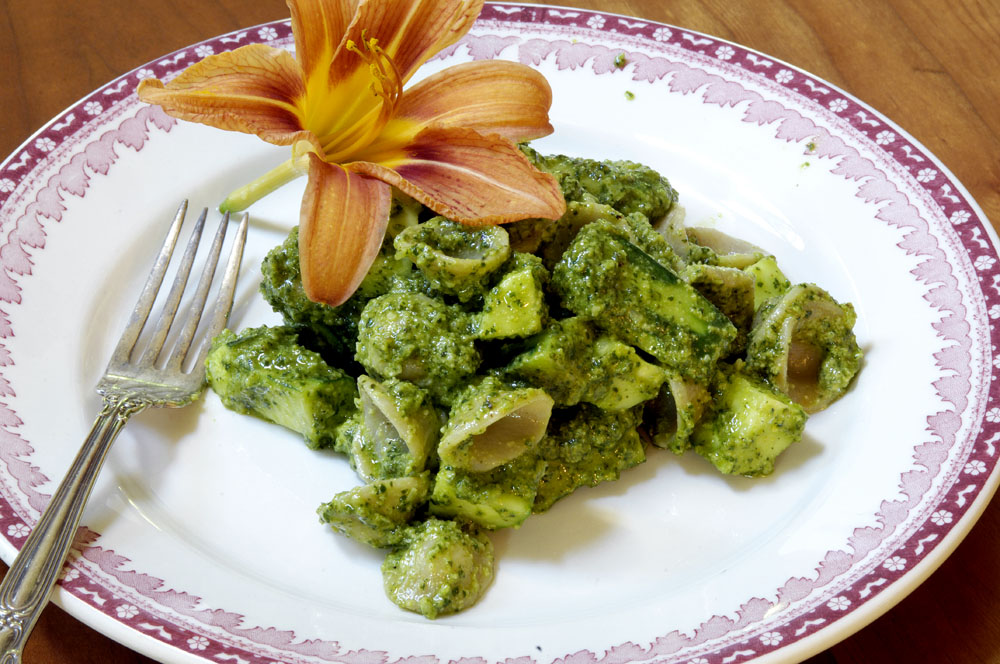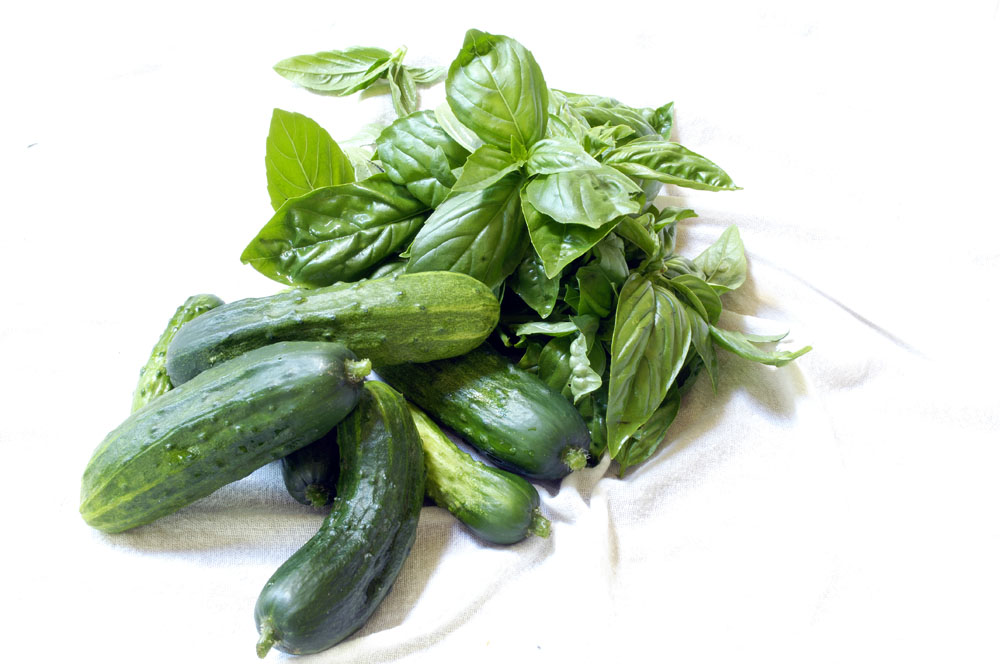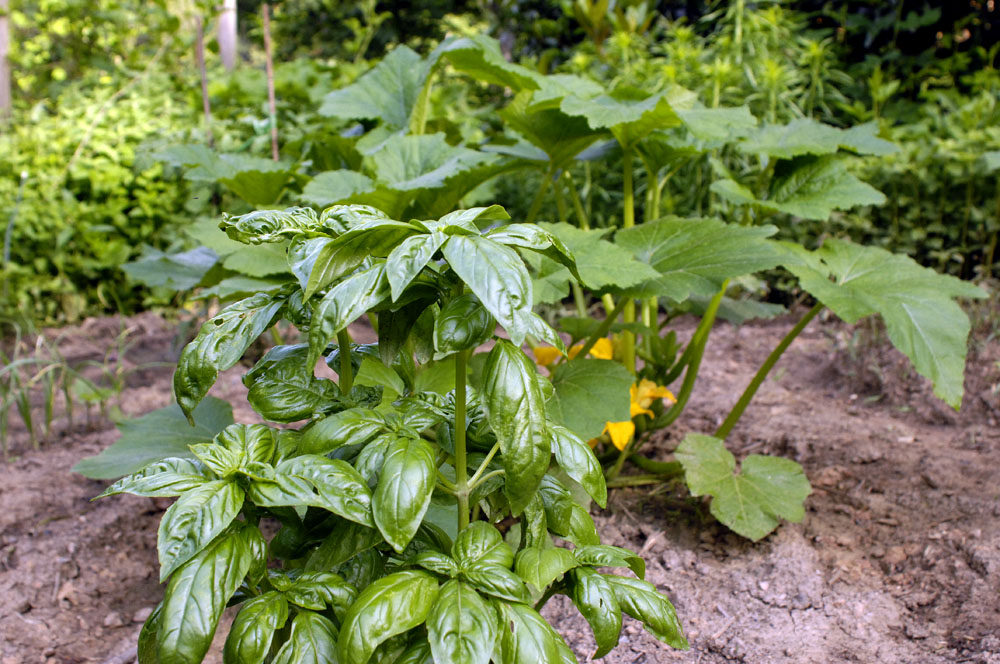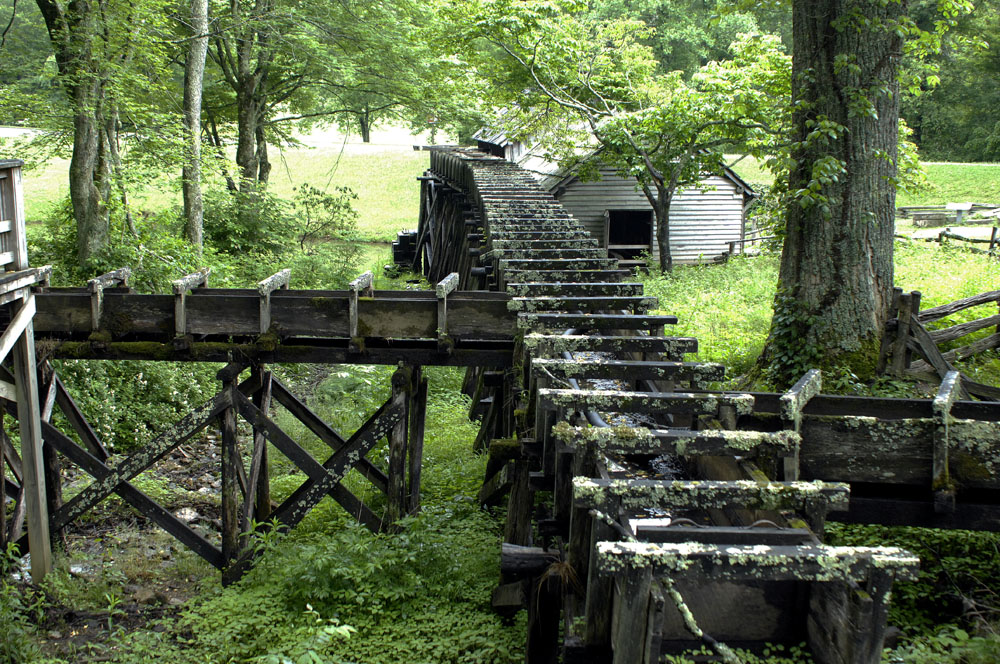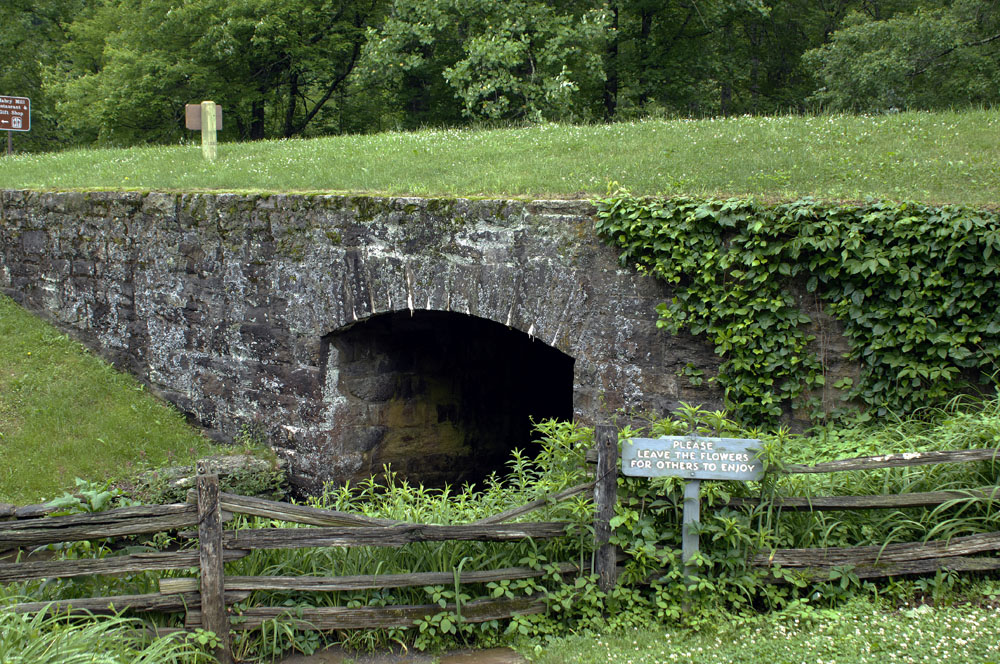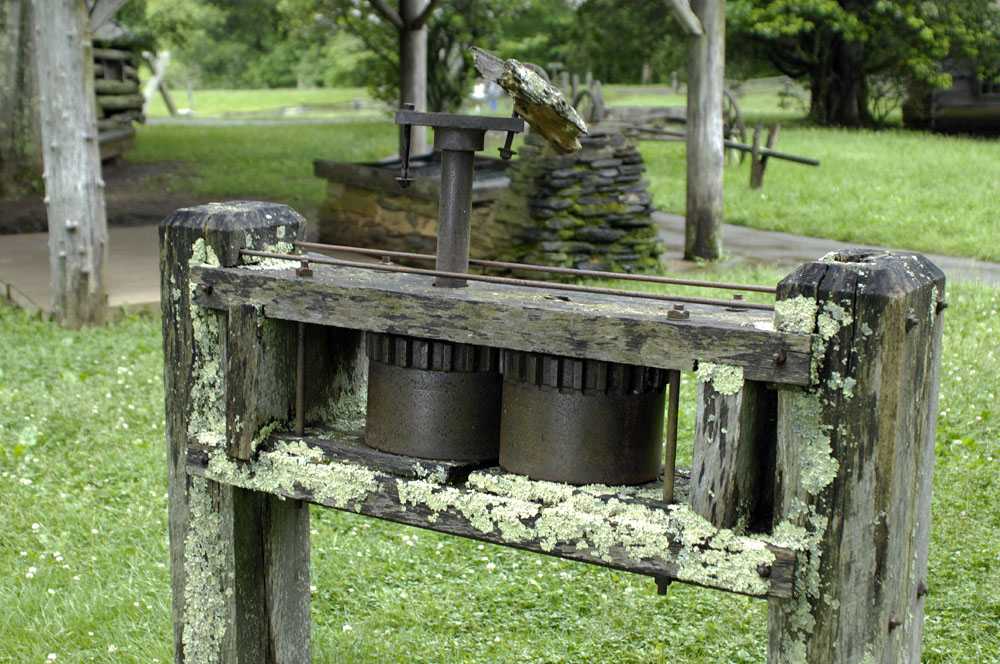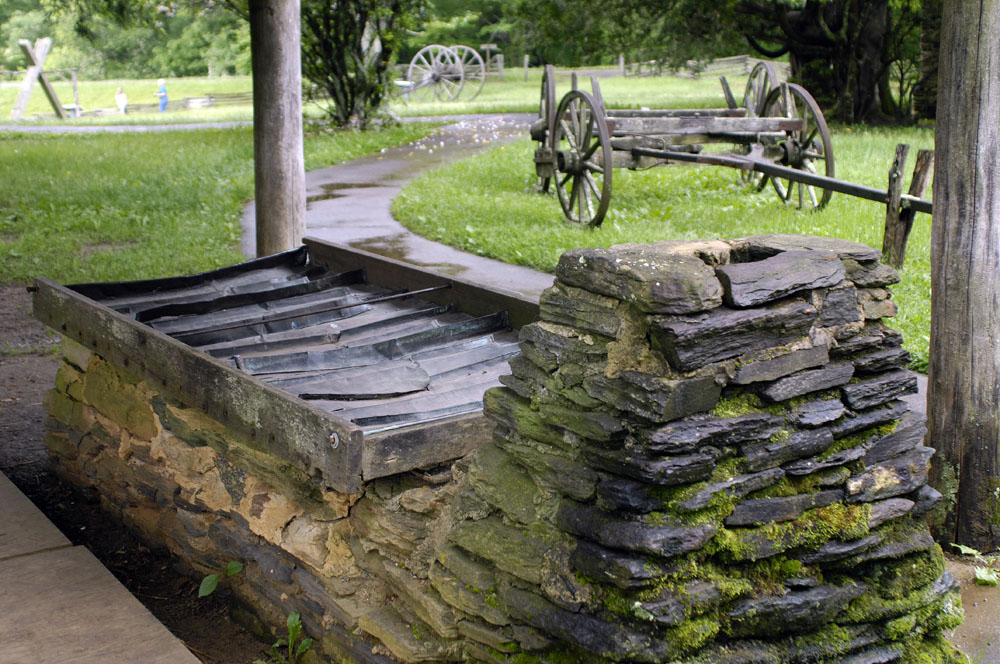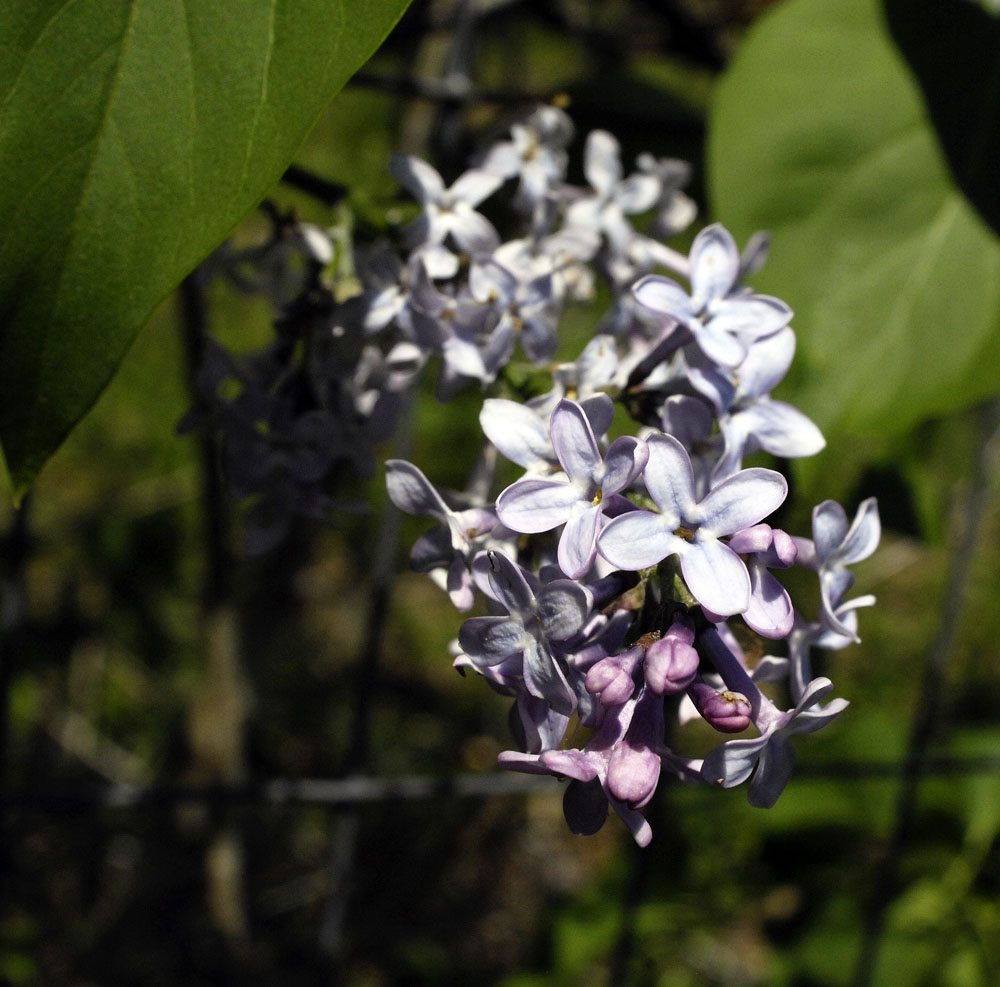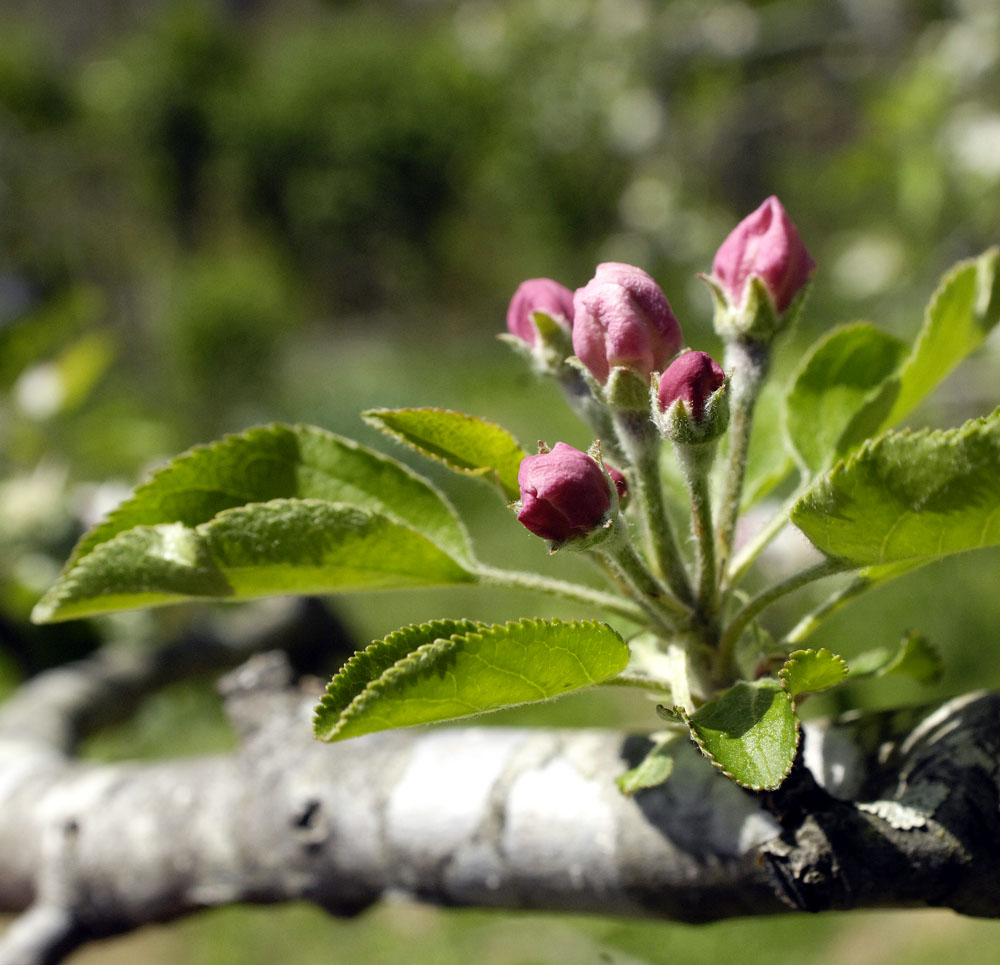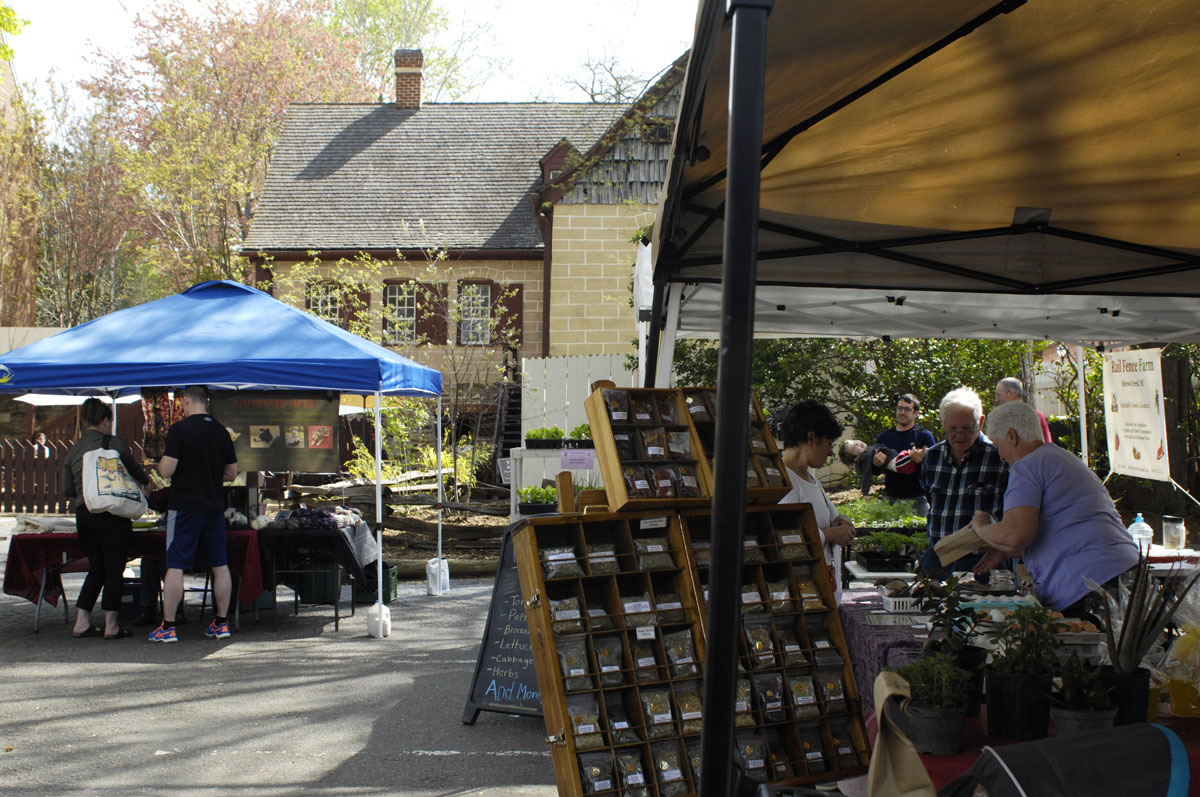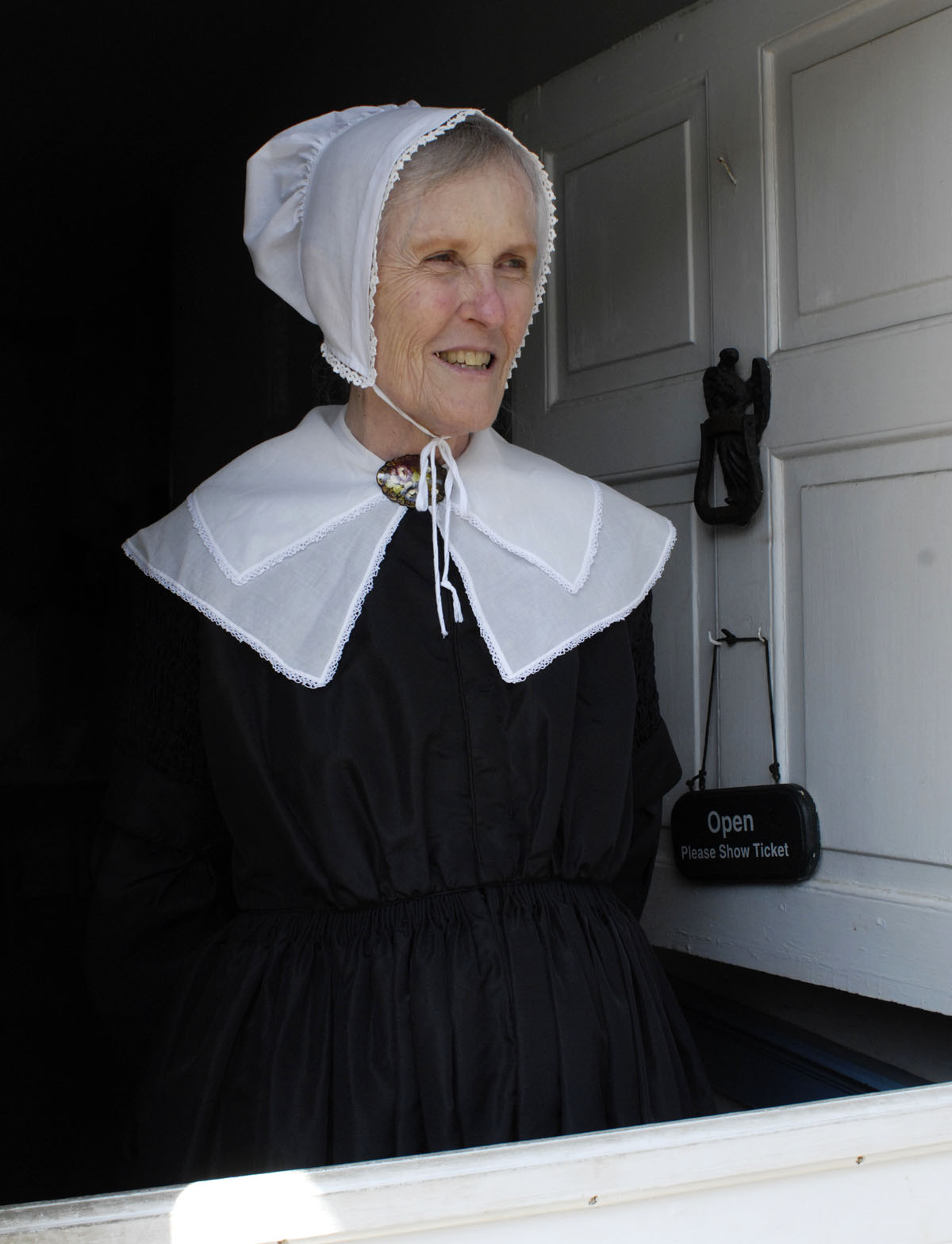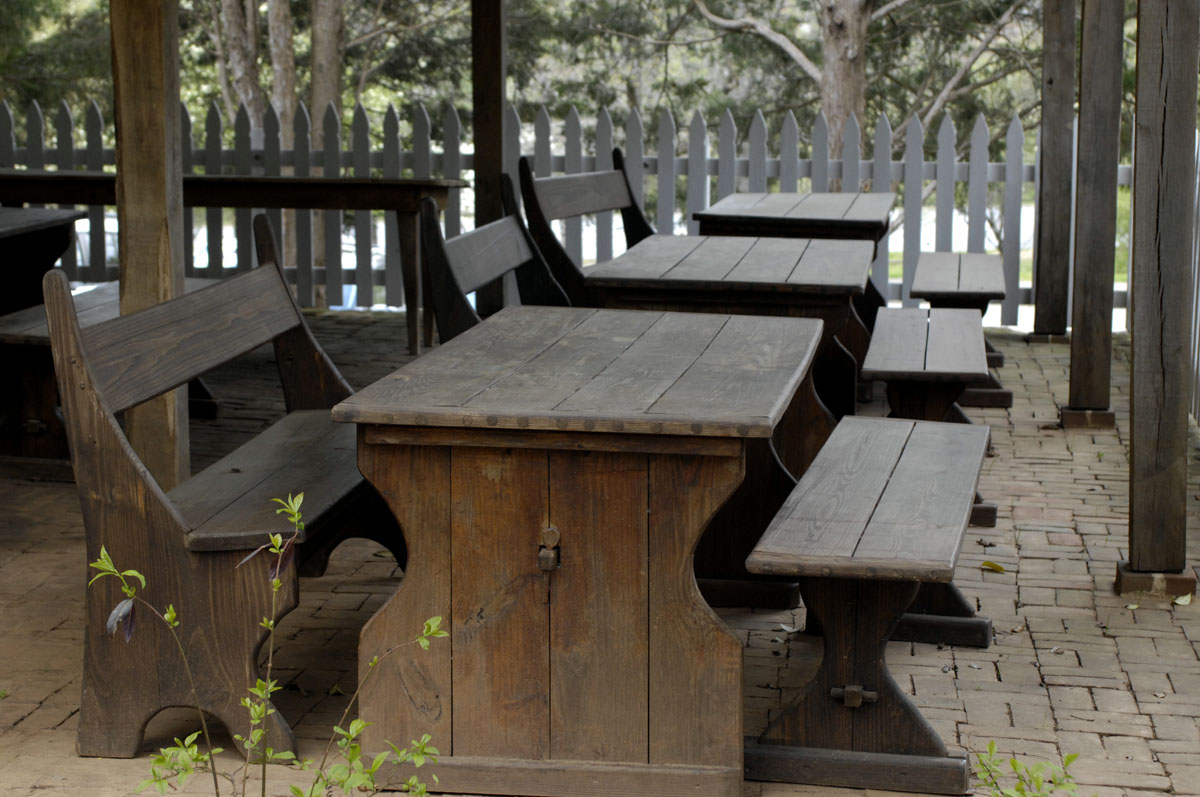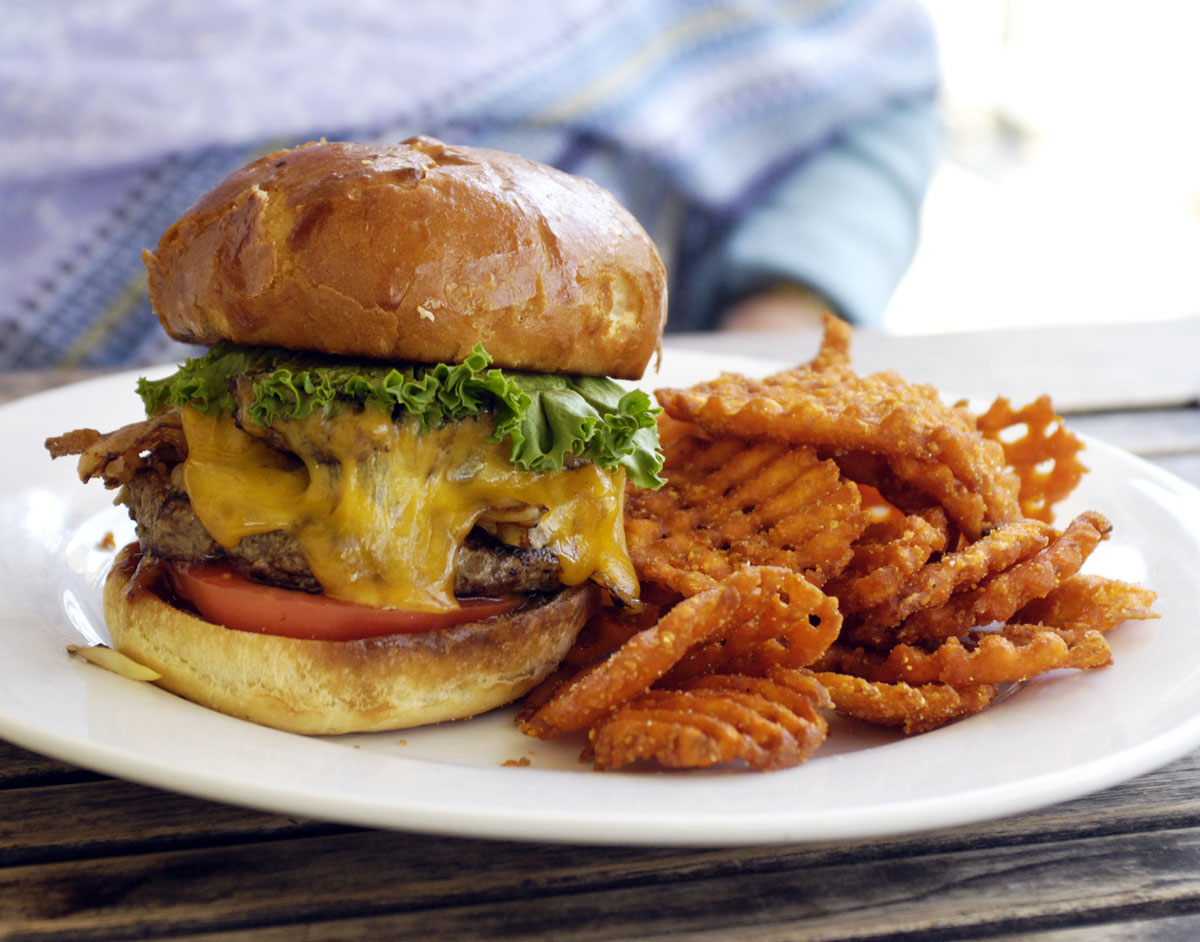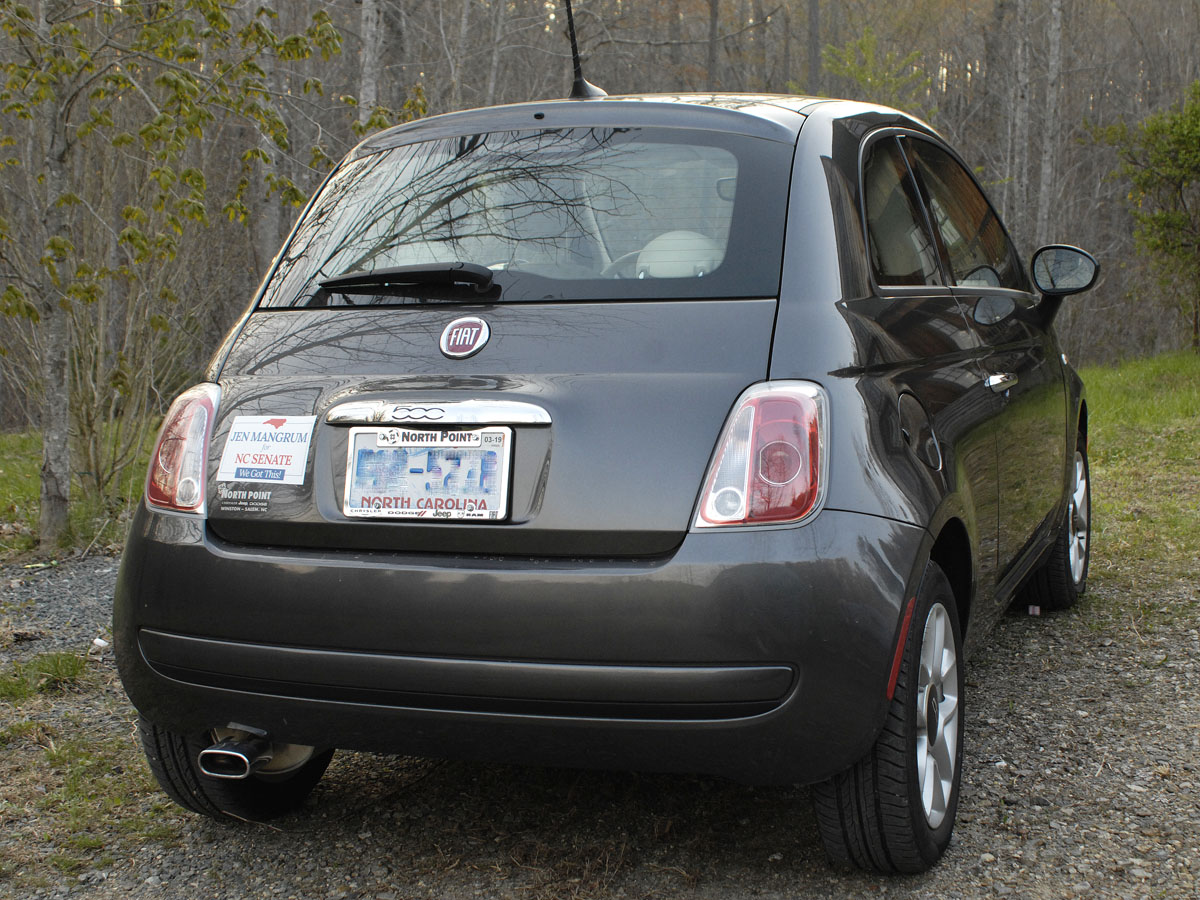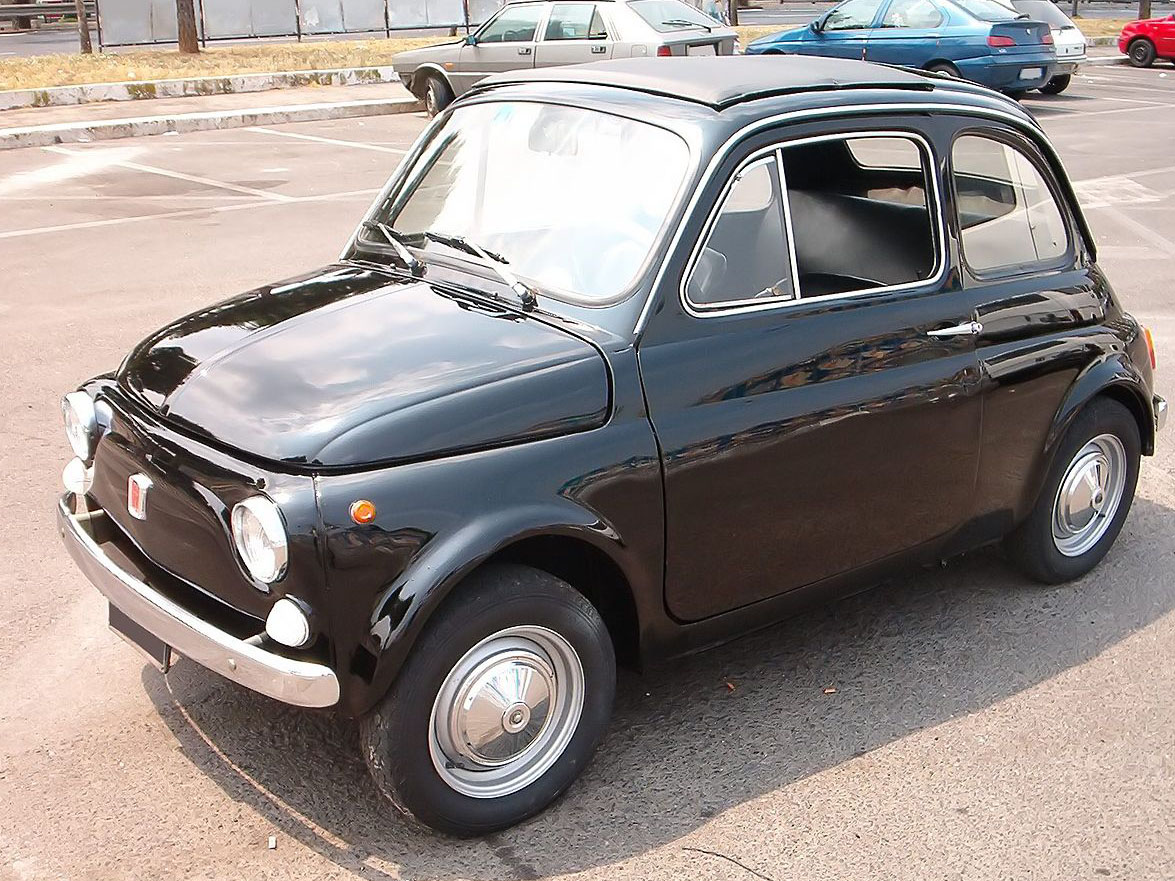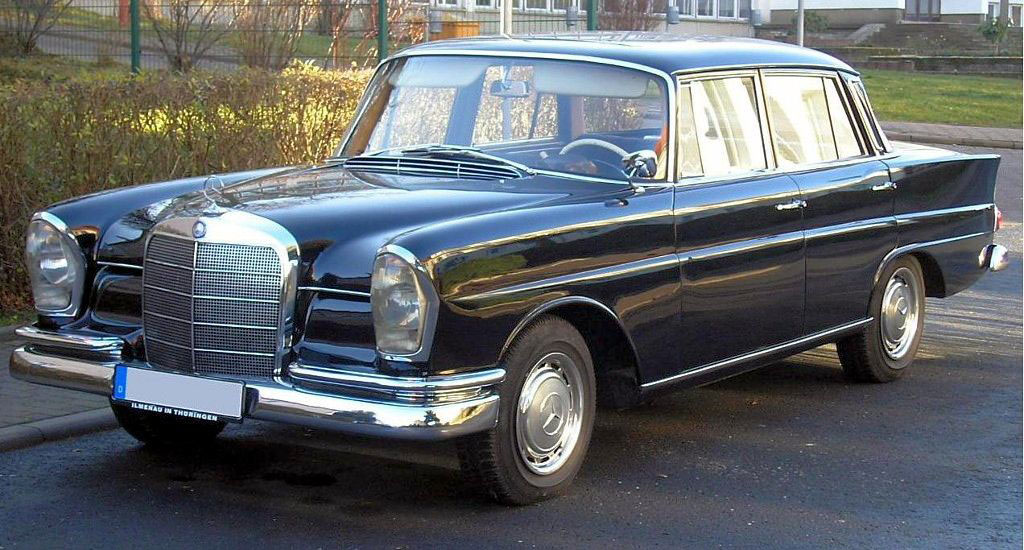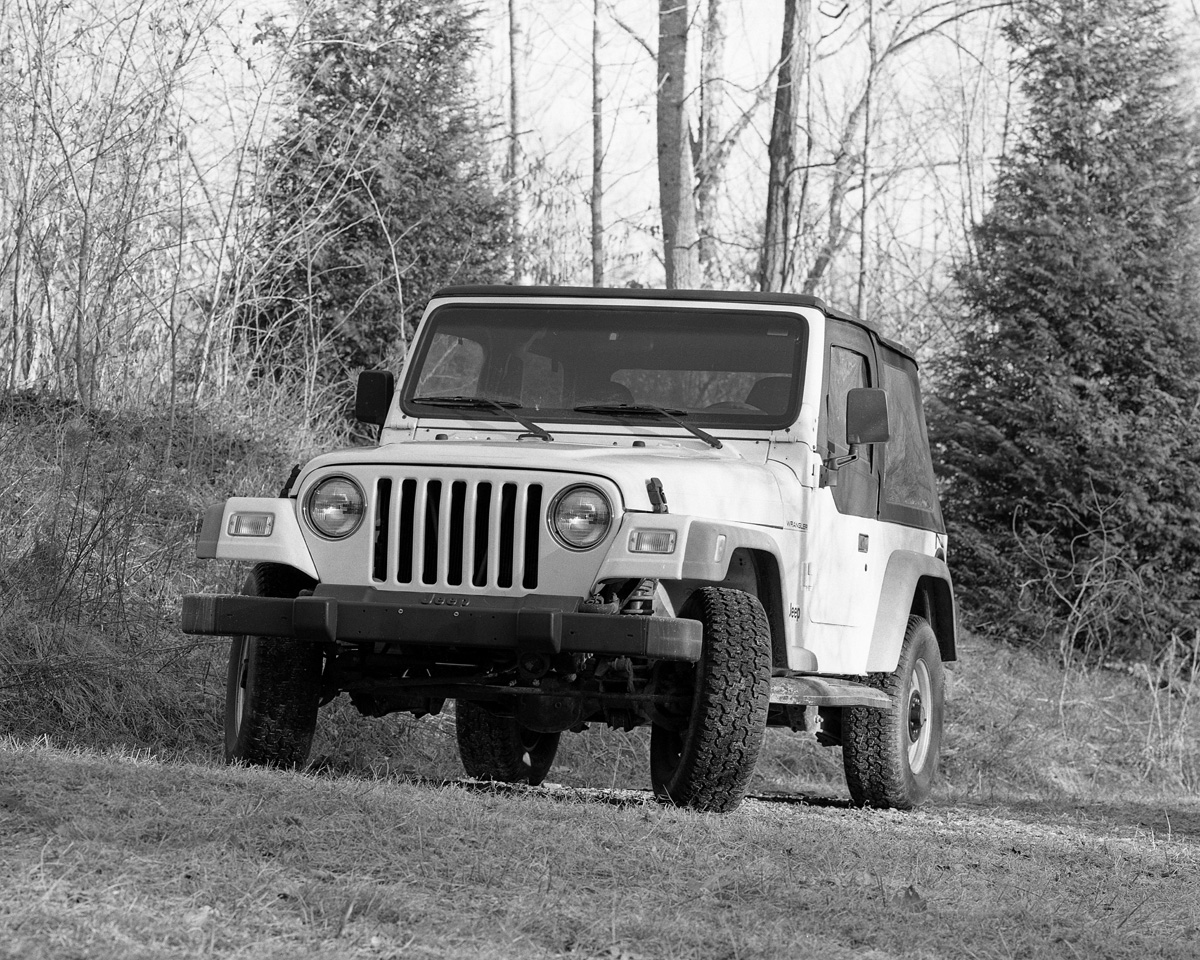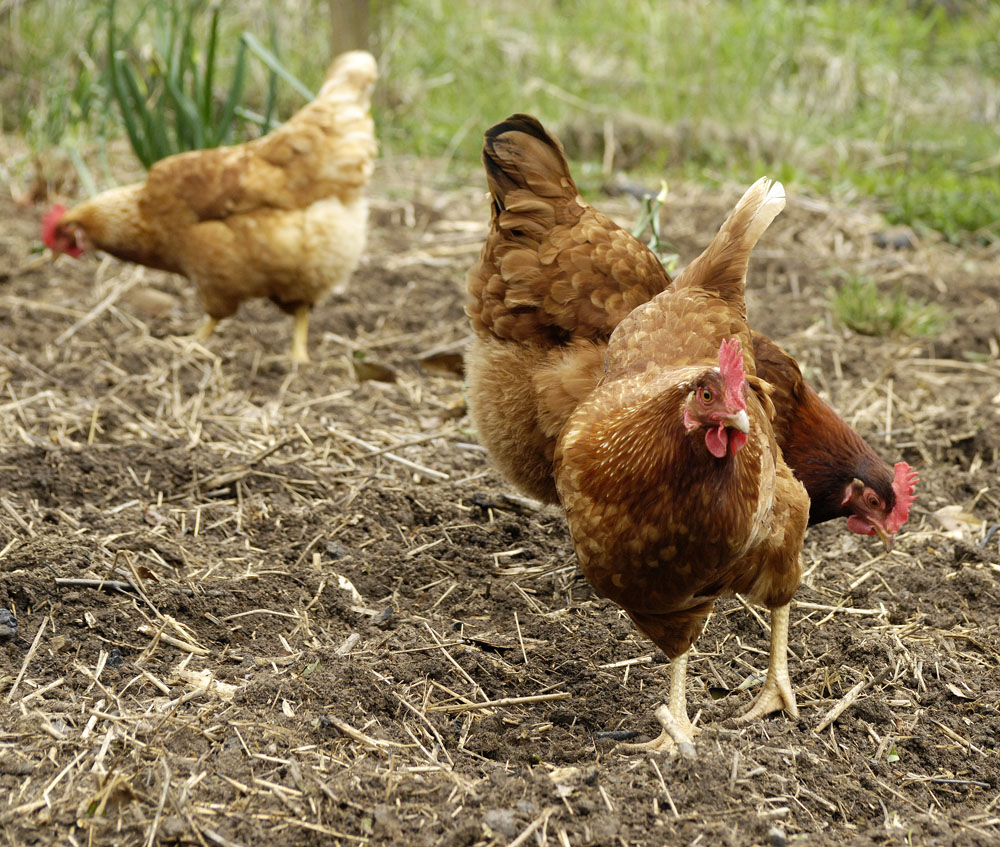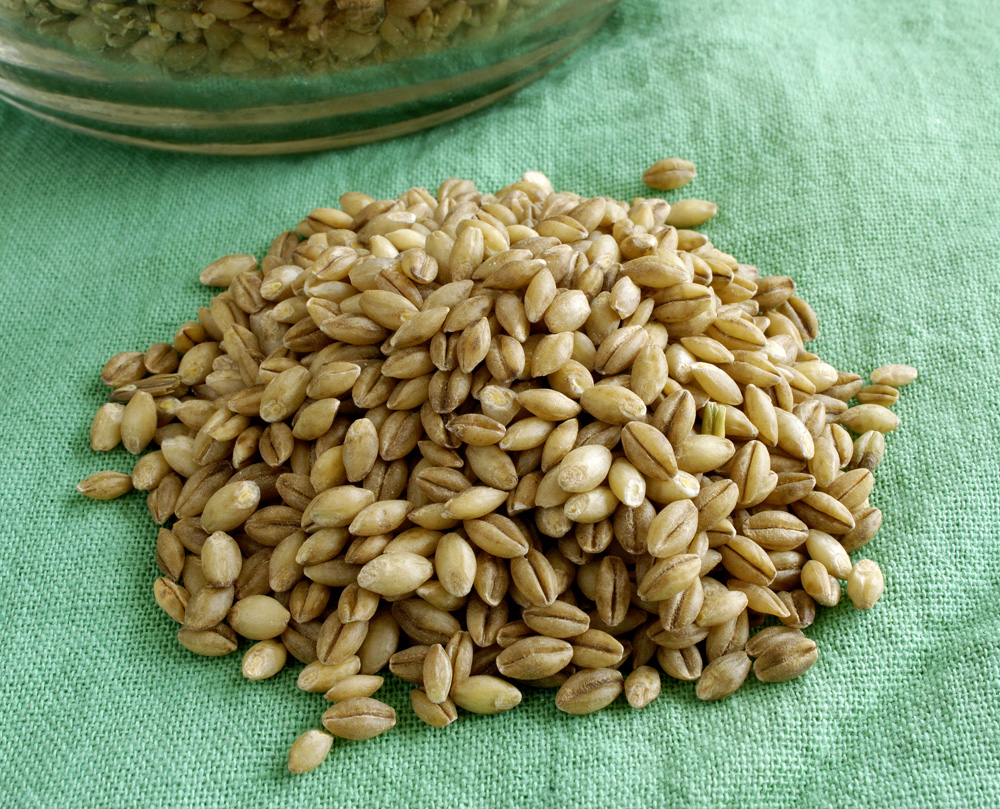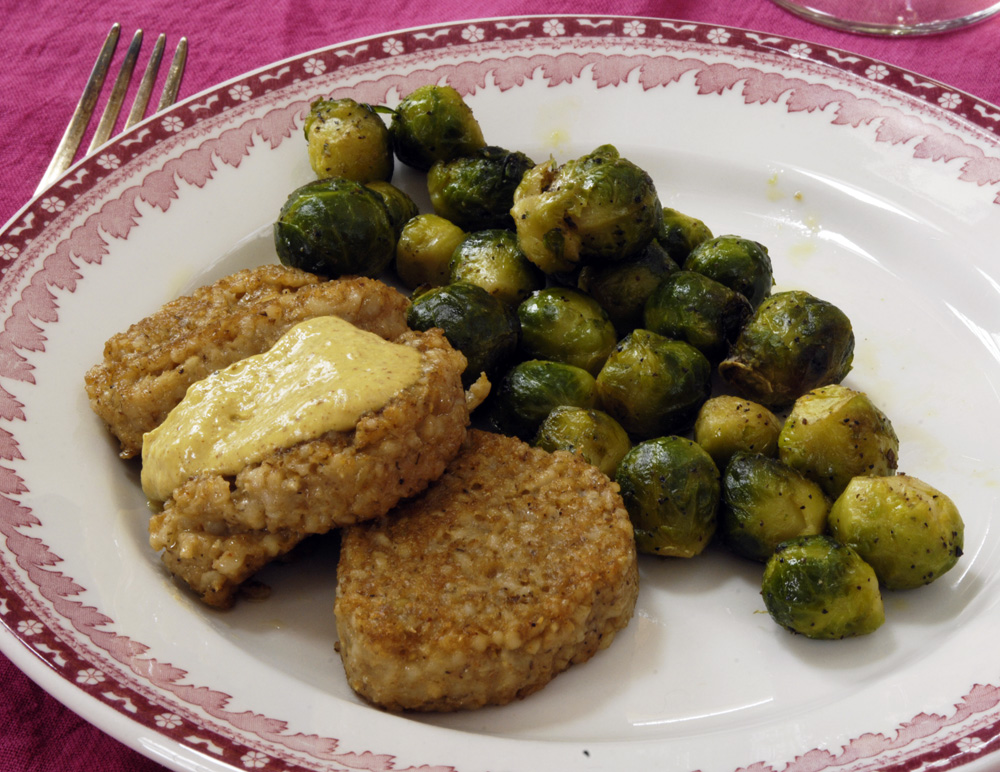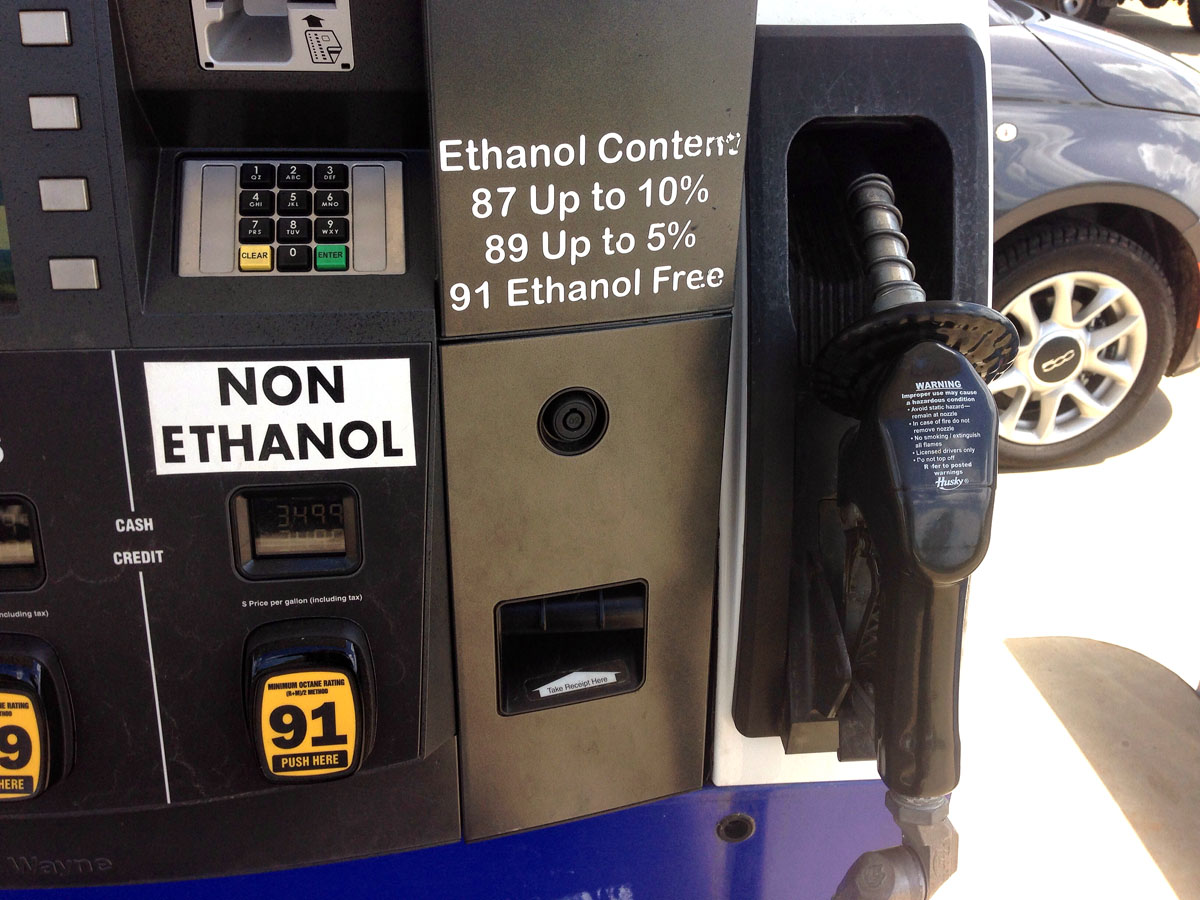
The gas station nearest me actually has what I need.
Liberals don’t generally talk much about gasoline. Conservatives do. But I’ve done some reading up on gasoline during the past few days, so let’s have a bit of liberal-oriented nerd talk about the technicalities of gasoline. Both for fuel efficiency and the life of your car, it does matter.
As I mentioned a few weeks ago, the lease recently expired on my Smart car, and I replaced it with a Fiat 500. Those two vehicles have pretty different requirements for gasoline. So I wanted to understand the factors involved in choosing the best gasoline for the Fiat.
First, here are some basics, stuff that everyone needs to know about gasoline:
• OCTANE. Everyone knows that most gas stations have gasoline of at least two types — high octane (typically 91 or 93), and low octane (typically 87). Which you should use depends on your car. But what does octane measure?
Octane is a measure of the temperature at which gasoline ignites. The higher the octane, the higher the ignition temperature.
When the piston of an engine begins its compression stroke after gasoline and air have been injected into the cylinder, the compression alone raises the temperature inside the cylinder. But you don’t want the gasoline to ignite until the spark plug ignites it. If the compression is high enough, and if the octane is low enough, then the increase in temperature as the mixture is compressed will cause some of the gasoline to ignite too soon, from the heat of compression rather than from the spark. This is what causes the “knocking” sound. The knocking can damage the engine (particularly the valves), and it wastes energy, because the fuel that burned too soon in the “knock” is not available to burn when the spark (as determined by the engine’s timing) wants it to burn.
The approved wisdom seems to be that it’s very important to honor the minimum octane requirement for your vehicle, but that you’re wasting your money if you buy gasoline with a higher octane than your engine requires.
To some degree, the computers in modern engines can detect the knock (with a microphone, basically) and retard the timing of the spark to prevent knocking. That is not an optimal solution, since the timing of the spark is not optimal. Optimal timing and optimal octane are the optimal arrangement.
I’ll have more to say about octane, but let’s move on to the next basic factor about gasoline.
• ETHANOL. Ethanol, of course, is alcohol. It’s usually made from corn. The idea of ethanol as a motor fuel has been around since the “energy crisis” of the 1970s. In 2005, the U.S. Congress enacted the Renewable Fuel Standard, requiring a certain amount of renewable fuel in gasoline sold in the United States. The Renewable Fuel Standard was part of the Energy Policy Act of 2005. Today, most gasoline sold in the United States contains 10 percent ethanol.
If you’re interested in the politics of this, then it’s important to keep in mind that the Energy Policy Act of 2005 was signed by a Republican president — George W. Bush. Though the legislation had bipartisan support, both the 108th Congress (2003-2005) and the 109th Congress (2005-2007) had Republican majorities in both houses of Congress. I’ll have more to say about the politics in a second.
Chemically, there are three important things to know about ethanol.
First, ethanol contains less energy than gasoline made from petroleum — about 7 percent less, I believe. Because it contains less energy, ethanol cannot deliver as many miles per gallon as gasoline made from petroleum.
Second, ethanol, when exposed to the air, will suck moisture from the air. Over time, this thirst of ethanol for water will cause water to be absorbed into the gasoline. Engines don’t like that! The water absorption takes time. If you use up the gasoline quickly, it probably won’t be a problem. But if the gasoline sits in the tank for too long (for example, in a lawn mower, all winter), then the water in the fuel will be a problem.
Third, ethanol has a higher ignition temperature than gasoline made from petroleum. It’s harder to light. For that reason, ethanol can be used to raise the octane of gasoline.
• ADDITIVES: The Environmental Protection Agency requires that gasoline contain certain additives (such as detergents) that help keep the engine’s valves, combustion chamber, and fuel injectors clean. The EPA’s requirement has to do with emissions control. However, many car manufacturers recommend (but don’t necessarily require) more of these detergent additives to maximize the life of the engine and to reduce maintenance. These manufacturers include BMW, General Motors, Fiat Chrysler, Ford, Honda, Toyota, Volkswagen, and Audi. Gasoline distributors adopted the automakers’ recommendations and call it “Top Tier Gasoline.” That’s a trademarked gasoline standard and may involve some marketing hype. But if the car manufacturers support the Top Tier standard, then it seems legit enough to me. Here’s the Wikipedia article.
So then, keeping those factors in mind, and trying to be as scientific as possible, what would be the ideal gasoline for my Fiat 500 (or for your car)?
A key piece of information will be found in your owner’s manual, and probably on your gas cap. My Fiat requires a minimum octane of 87, with 91 octane preferred. My ideal gasoline would look like this:
• 91 octane
• Top-Tier
• No ethanol
There’s room for argument on whether Top-Tier gasoline is worth the extra cost. My opinion, since I want to maximize the life of my car, is that Top-Tier gasoline is worth the cost.
There’s also room for argument on ethanol. The environmental issues are complicated. Yes, ethanol is renewable. But how many square miles of farmland are being devoted to growing corn for ethanol? Where does the fuel come from for distilling the ethanol? Some of it is coal. I prefer non-ethanol gasoline, if I can get it, for three reasons: Because I’m skeptical about the environmental issues; because ethanol contains less energy (and is therefore less efficient); and because the tendency of ethanol to draw water into the fuel cannot be a good thing.
Here in Trump country, if I asked the average person pumping non-ethanol gasoline into his SUV why he’s using non-ethanol gasoline, the odds are that he would say that ethanol in gasoline is a boondoggle brought to us by liberals and environmentalists. He would be wrong. He probably wouldn’t even believe me if I told him that ethanol was forced on us by a Republican Congress and a Republican president.
So you can make a better argument that ethanol in gasoline is a Republican boondoggle. Why would they do that? Well, what’s in it for farmers is obvious.
But what’s in it for the oil companies? It’s in the chemistry. Ethanol has a higher ignition temperature and therefore a higher octane than gasoline made from petroleum. It’s a cheap (and nontoxic) way of raising gasoline’s octane rating. Oil companies would almost certainly be adding ethanol to gasoline even if a Republican Congress hadn’t enacted regulations that require it. (Remember when gasoline contained lead? It’s now banned, but “tetraethyl lead” was an octane-raiser that is not chemically dissimilar from alcohol. It’s a lead atom bonded to an ethyl substance.)
Before we leave the subject of gasoline, let’s take note of how complicated the issue is, and how politically fraught it is. As for the complications, I need to add one more:
As far as I can determine, all petroleum gasoline manufactured in the United States is made to the exact same standard, though many different companies make it. It’s generic, and it’s shipped around the country mainly by pipelines. Gasoline is not branded until it’s loaded onto tanker trucks to be delivered to retail gas stations. As far as I can determine, both the ethanol and the detergent additives are mixed into the gasoline when the gasoline goes onto the tanker trucks. Or, to say it slightly differently, the gasoline you buy is not branded until it’s loaded onto a tanker truck for delivery to gas stations. The tanker trucks normally deliver two types of gasoline — high octane, and low octane. If a station sells a middle grade, then the two grades are mixed at the pump.
In the case of my Fiat, my solution worked out very well. Marathon gasoline is Top Tier gasoline, and a local Marathon station carries 91 octane, no-ethanol gasoline. It’s not cheap. But I don’t use much of it, and I’ll pay what it costs. Gasoline like this is considered conservative gasoline (even if it costs more), so that’s why it’s so easy to find here in Trump country. I’m pretty sure that this is the only advantage I’ve ever been able to discover from living around a bunch of Trump voters and their big engines — good gas, but no good restaurants or good groceries.
For a list of Top-Tier gasoline brands, see the Wikipedia article or the Top-Tier web site.
For a state-by-state list of local stations that sell no-ethanol gasoline, go to pure-gas.org. There’s also a smart-phone app called “Pure Gas” that will show you the nearest stations on a map, along with what types of gasoline the station sells.
If I’ve made any errors in this post, please let me know.
